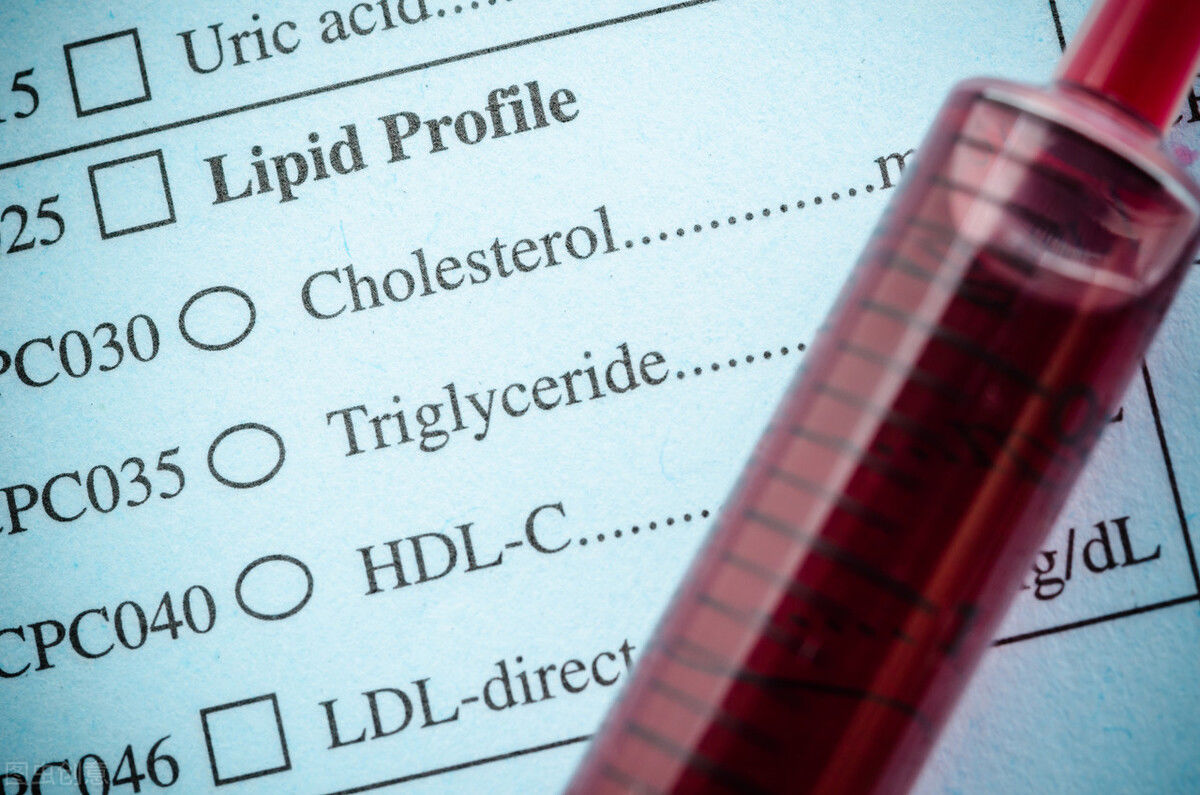Currently, there is still a lack of evidence-based evidence on how to manage patients with elevated triglycerides. Recently, an article published in “Circulation” pointed out that elevated triglycerides indicate excess energy in the body, which has been converted into visceral fat, and ectopic fat accumulation in skeletal muscle, liver, pancreas and heart.

In this case, you should pay attention to check liver function and blood sugar metabolism, such as alanine aminotransferase (ALT) and γ -Glutamyl transpeptidase (GGT), glycosylated hemoglobin (HbA1c) and/or fasting blood glucose, etc., to determine the presence of ectopic fat. (Circulation. July 11th online edition)
The article pointed out that patients with elevated triglycerides should pay attention to the following four issues:
First, exclude secondary causes, such as Nephrotic syndrome, liver disease, alcoholism, high carbohydrate/high calorie diet, obesity and hypothyroidism, etc.
It is worth noting that diabetic patients with severe insulin resistance and poor blood sugar control will also have elevated triglycerides. But as blood sugar control improves, triglyceride levels decrease.
Second, when elevated triglycerides are found, ALT and GGT, as well as HbA1c and (or) fasting blood glucose should also be checked. In overweight/obese patients, elevated triglycerides often coexist with hepatic steatosis and can be measured directly (ultrasound or magnetic resonance imaging) or inferred from ALT or GGT.
If ectopic fat is present, ALT and GGT levels may be slightly elevated. In non-drinkers, ALT and GGT levels are elevated and nonalcoholic fatty liver disease may be present.
The “ectopic fat” theory may explain the rise in triglyceride levels, and if the patient is able to lose weight, blood markers tend to improve at the same time.
It should be noted, however, that not every patient with ectopic fat accumulation has all of the above characteristics.
Third, people with ectopic fat often have evidence of abnormal glucose metabolism, such as elevated HbA1c or diabetes susceptible people (with a family history of type 2 diabetes).
Studies have shown that people with ALT of 30-35 U/L are also independently associated with a higher risk of diabetes compared with ALT < 20 U/L.
Fourth, improving lifestyle, giving priority to improving diet and increasing physical activity, can reduce ectopic fat, while reducing triglyceride, ALT and/or GGT, and HbA1c levels.
According to the authors, there is growing evidence from genetic analyses and Mendelian randomization studies that elevated triglycerides are causally associated with atherosclerotic cardiovascular disease risk, whereas weight loss and Lowering the associated triglyceride levels also reduces the risk of atherosclerotic cardiovascular disease.